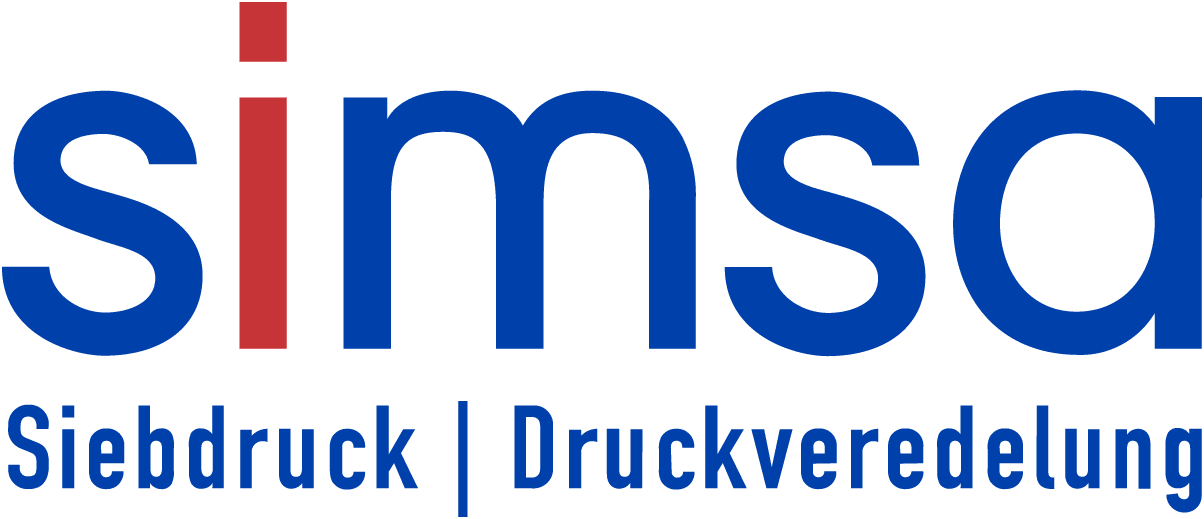3D embossing
Three-dimensional embossing effects on cardboard
Tactile and tactile prints are particularly appealing: the three-dimensional embossing of printed images can make them even more lifelike. For example, the bark of a tree or the pimples of a basketball suddenly become tangible and tactile.
Psychological added value through tactility
Haptic touch also activates another sense. And the more senses you appeal to, the greater the networking and storage in the brain: for example, a pleasantly tactile mailing creates a longer attention span, higher response rate and improved recall of your advertising message.
Variants of embossing in print
- If the motif is raised, it is referred to as embossing
- If the motif is recessed, it is referred to as deep embossing
- A single-level embossing has a raised or recessed level.
- Multi-level embossing has two or more levels parallel to the paper surface.
- Sculptured 3D relief embossing, on the other hand, shows three-dimensional gradients and body shapes, such as a face or a statue.
- A more historical term for tactile embossing is “blind embossing“. However, this lacks a more precise definition, such as whether raised or recessed is desired. The word “blind” is intended to indicate that the embossing motif is positioned on the unimaged paper, i.e. it has not been pre-printed.
Light reflection enhances printed effect
Additional light reflection greatly enhances the visual effect of embossing. There are two possibilities for this:
- Metallization of the embossed motif with a very thin layer of reflective metal, known as foil relief embossing
- High-gloss UV varnishing of the embossed motif, a so-called varnish embossing or varnish deep embossing.
Paper and cardboard for embossing
Paper and cardboard up to around 500g/m² can be embossed well. With thick cardboard and paperboard, the material is often too thick for deformation. Here, however, it is usually possible to press in a well-tactile indentation. Papers that are too thin generally have too little body to enable impressive shaping.
Important tips for your embossed print type
Embossing sounds very simple at first glance. Nevertheless, a few points are crucial to success right from the design phase:
- The embossed image is reversed and visible on the reverse. A raised embossing is therefore present on the reverse side as an inverted deep embossing. The embossing on the reverse side is therefore often cleverly incorporated into the graphic design as a “space divider”.
- The human eye focuses more on distracting color contrasts than on differences in height. The embossing of a high-contrast pre-printed motif, such as a black headline on white paper, is therefore hardly noticeable. Remedy: Avoid high color contrasts or use varnish embossing.
- The achievable embossing height depends very much on the suitability of the paper for embossing. Both the paper manufacturer and we will be happy to advise you in more detail.
- A “naked” embossing, without light-reflecting additional effects such as gloss varnish or metallization, is a great plus for activating the sense of touch. However, it will never be the eye-catcher that attracts potential customers from a distance and invites them to look at it.
Below you will find some “memorable” examples in our photo gallery:

